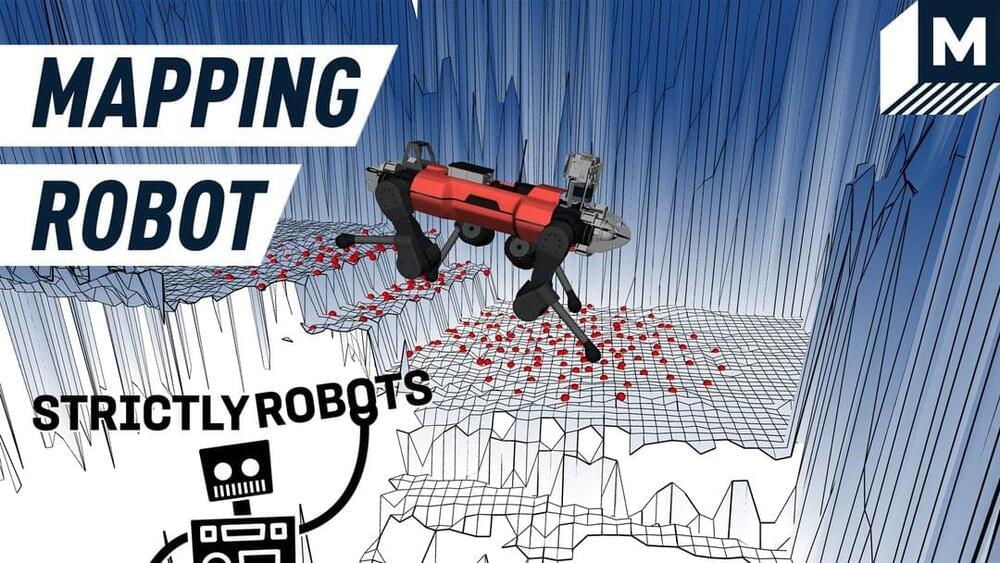Get the latest international news and world events from around the world.



How could we find a wormhole hiding in the Milky Way?
If there was a wormhole in the center of our galaxy, how could we tell? Two physicists propose that carefully watching the motions of a star orbiting the Milky Way’s supermassive black hole might help scientists start to check. The researchers published the idea in a recent paper in the journal Physical Review D.
A wormhole is a hypothetical concept that connects two separate areas of space-time. Wormholes often appear in science fiction narratives like the 2014 film Interstellar as a convenient way to get from point A to point B in the vast universe. Physicists have many theories that describe how wormholes might behave, if they exist, but haven’t yet found any.

Dell Technologies expands edge innovations for retailers
Dell Technologies announces the expansion of its edge solutions to help retailers quickly generate more value and deliver enhanced customer experiences from data generated in retail locations.
From grocery merchandising and curbside pickup to frictionless checkout and loss prevention, retailers have embraced edge technologies to keep pace with industry demands and create better customer experiences. A recent study conducted by 451 Research, part of S&P Global Market Intelligence, and commissioned by Dell found this growth will continue with 77% of retailers expecting to increase edge deployments significantly in the next two years1. However, without a holistic approach, new technologies across wide geographies and locations can lead to complex and siloed solutions that drive up a retailer’s IT management cost.
“Retailers are increasingly relying on IT technologies and data at the edge to offer more personalized and intelligent customer experiences that drive better business outcomes, dramatically accelerating the need for retailers to bring together siloed technologies,” said Gil Shneorson, senior vice president of edge solutions, Dell Technologies. “We’re helping retailers easily consolidate these technologies so they can analyze data where it’s created, make faster decisions and deliver positive experiences for in-store shoppers and employees.”

SRG raises glue-laminated timber canopy above Hayward Field
Seattle-based architecture firm SRG Partnership has reimagined the Hayward Field stadium in Eugene, Oregon, with glulam beams supporting an ETFE canopy.
Hayward Field, home to the track and field facility for the University of Oregon, was recently renovated in order to include a new grandstand and canopy.
The redesigned stadium has 12,650 seats with 84,085 square feet (25,630 square metres) of concourses and ramps, along with 40,000 square feet (12,190 square metres) of underground training facilities.


